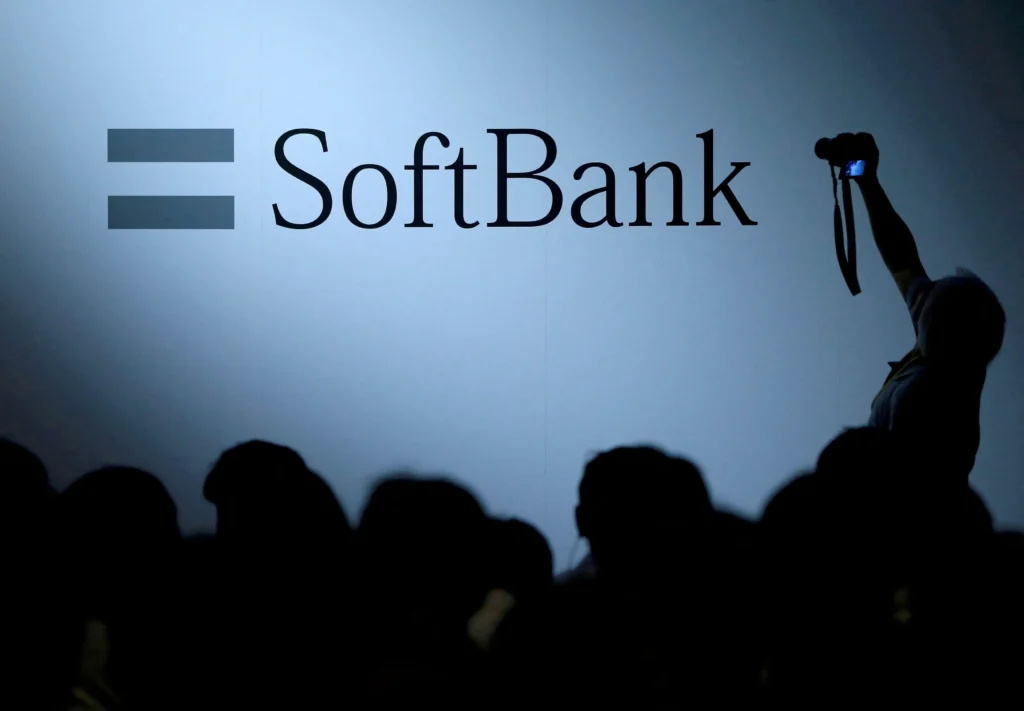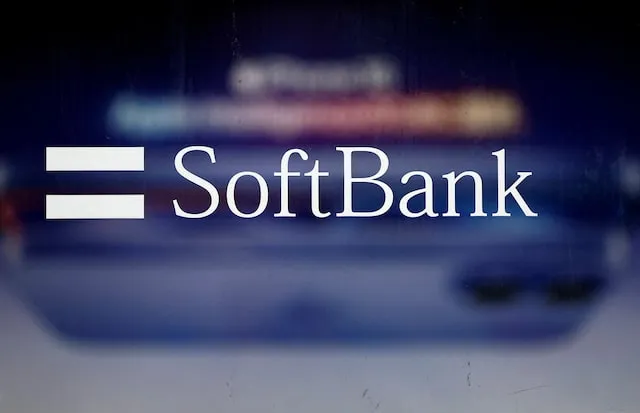SoftBank Group Corp. reported a robust ¥411 billion ($2.87 billion USD) profit for the first quarter of the fiscal year, signaling a strong rebound as global tech markets begin to recover from a prolonged downturn. The Japanese investment conglomerate, led by founder and CEO Masayoshi Son, posted its largest quarterly profit in over a year, driven by gains across its Vision Fund portfolio and improved valuations for several tech firms.
This resurgence highlights a shift in market sentiment as rising investor confidence, cooling inflation, and stabilizing interest rates begin to fuel tech stock recoveries across Asia, the U.S., and Europe.
A Reversal of Fortunes
SoftBank’s performance marks a dramatic reversal from recent years, during which the company posted multiple multi-billion-dollar losses due to falling valuations of its tech investments.
reported record-breaking losses in its Vision Fund operations of more over $32 billion in fiscal year 2022. The tide appears to be reversing now that significant investments like Arm Holdings, Grab, DoorDash, and ByteDance are displaying valuation rise.
The Vision Fund, once under fire for overvalued and high-risk bets, posted an investment gain of ¥159.8 billion ($1.1 billion) in Q1 alone — its second consecutive quarter in the green.
Arm IPO Momentum Carries Over
SoftBank’s semiconductor subsidiary Arm Holdings continues to be one of its crown jewels. Arm, which went public in 2023 on the Nasdaq, has seen its shares surge amid a global race to develop AI chips and infrastructure.
SoftBank still holds approximately 90% ownership in Arm, and the valuation gains in Q1 significantly boosted the conglomerate’s bottom line.
Analysts believe that Arm’s performance is pivotal to the recovery narrative, especially as demand for semiconductors rises in tandem with artificial intelligence innovation and cloud computing expansion.

Improved Investor Sentiment and Global Tech Recovery
SoftBank’s earnings also reflect broader market optimism in the tech sector. Following a challenging 2022 and early 2023, several macroeconomic tailwinds are aiding tech recovery:
- Lower inflation across the U.S. and Europe has eased pressure on growth stocks.
- Interest rate hikes are either paused or nearing their peak.
- Public markets are becoming more receptive to tech IPOs, a good sign for SoftBank’s many pre-IPO portfolio companies.
This renewed confidence has helped boost the valuation of public and private firms in portfolio, from e-commerce platforms to AI startups.
Strategic Shift Toward AI Investment
Masayoshi Son reiterated SoftBank’s evolving strategy in his quarterly address, emphasizing a “full commitment to AI” going forward. The company is aggressively scouting new investments in generative AI, robotics, and automation platforms, building on its previous technology-centric thesis.
While past investments like WeWork and OYO were seen as cautionary tales, SoftBank appears more measured in this next wave. Son’s comments hinted at tighter due diligence, a focus on unit economics, and stronger governance for portfolio companies moving forward.
Debt Reduction and Financial Health
Alongside profitability, SoftBank has made headway in reducing its debt exposure, one of the key criticisms from investors in previous years. The company has been selling non-core assets, including part of its stake in Alibaba, to shore up liquidity and manage debt repayments.
As of Q1, SoftBank’s net interest-bearing debt fell by 9.3%, while its cash reserves increased to ¥5.1 trillion ($35 billion), giving it more room to weather future volatility or fund strategic acquisitions.
Key Portfolio Highlights
In addition to Arm, several key investments contributed positively to Q1 results:
- Southeast Asian ride-hailing and delivery company Grab Holdings: Slowly increasing operational effectiveness and profitability.
- ByteDance (TikTok’s parent company): Continued global growth despite regulatory scrutiny.
- As LatAm markets stabilize, Kavak, a Mexican used automobile startup, is recovering from valuation markdowns.
- DoorDash: Steady revenue growth and improved margins post-pandemic.
Additionally, SoftBank declared that it has sold off several underperforming investments, but it did not name which companies.
Investor Reaction
Following the earnings report, SoftBank shares on the Tokyo Stock Exchange rose nearly 5%, showing investor approval. The company’s stock has now gained over 18% year-to-date, significantly outperforming Japan’s broader Nikkei index.
Market analysts see this quarter as a turning point, though caution remains about global macroeconomic conditions and tech sector volatility.
What Lies Ahead?
SoftBank’s profitability is a welcome reprieve, but challenges remain. The company is still heavily exposed to private market valuations, which can be delayed in reflecting actual performance. Moreover, rising geopolitical tensions, regulatory headwinds, and the ever-volatile startup ecosystem remain significant risks.
Still, with Arm’s success and AI tailwinds propelling sentiment, the conglomerate appears better positioned than it has been in years.
Masayoshi Son closed his remarks with optimism:
“This is not just a rebound. This is the beginning of a new era — powered by AI, guided by discipline.”
FAQs – SoftBank Q1 Profit Report
Q1: How much profit did SoftBank report in Q1?
SoftBank made a significant comeback from earlier losses with a ¥411 billion ($2.87 billion) net profit for the first quarter of the fiscal year 2025.
Q2: What is driving SoftBank’s renewed profitability?
The profit is largely driven by valuation gains in Arm Holdings, a recovering Vision Fund, and improved investor sentiment in global tech markets.
Q3: What role does Arm Holdings play in SoftBank’s performance?
Arm, now a public company, is a central asset for SoftBank. Its rising share price amid AI chip demand has significantly boosted SoftBank’s overall valuation and profits.
Q4: Is SoftBank changing its investment strategy?
Yes. CEO Masayoshi Son has emphasized a strategic pivot toward artificial intelligence (AI) investments, along with more disciplined governance and risk assessment.
Q5: How are other SoftBank portfolio companies performing?
Companies like ByteDance, Grab, DoorDash, and Kavak all posted positive trends in Q1, contributing to the overall gain in the Vision Fund’s portfolio.
Q6: Is SoftBank still carrying a lot of debt?
SoftBank has reduced its debt significantly, cutting its interest-bearing debt by 9.3% and boosting cash reserves to improve financial resilience.
Q7: What are analysts saying about the future outlook?
Most analysts view the Q1 performance as a positive turning point, though they warn that future profits will depend on market stability, IPO trends, and geopolitical risks.




